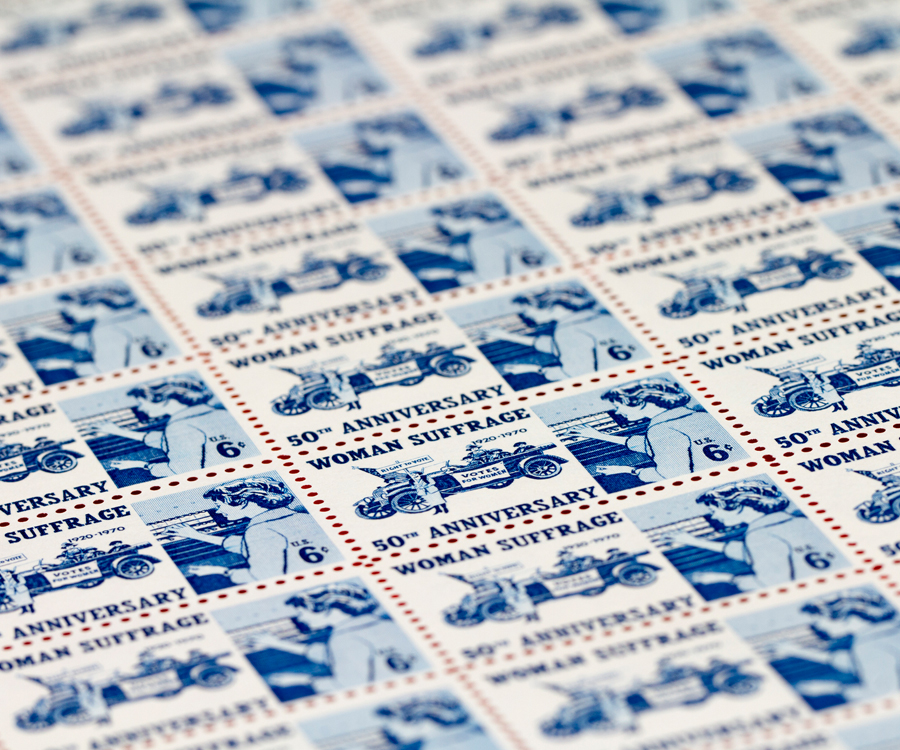To help mark Women’s Equality Day on Monday, Aug. 26, here are five facts about the voting rights movement that inspired the annual commemoration.
1. Women’s Equality Day honors the ratification of the 19th Amendment to the Constitution. Ratified Aug. 18, 1920, the amendment codified the idea of universal suffrage and granted women the right to vote. It was the single largest extension of democratic voting rights in the nation’s history.
2. It was once argued that voting was bad for pregnant women. There were many arguments made against allowing women to vote, all of them unfounded. One such argument was that voting would jeopardize a woman’s pregnancy. A prominent Massachusetts Institute of Technology professor once said the “responsibilities of suffrage” would be “harmful to both mother and child.”
3. Susan B. Anthony voted illegally. Suffragette Susan B. Anthony and 15 other women voted in Rochester, NY, in the 1872 presidential election, almost 50 years before they were legally allowed to do so. Anthony was subsequently tried and convicted of illegal voting.
4. Some women had the right to vote and then lost it. States such as Massachusetts, New Hampshire and New York allowed women to vote in the 1700s before stripping them of the right when they later re-wrote their state constitutions. New Jersey was the last state to allow women’s suffrage until banning the practice in 1807.
5. Women’s suffrage has been honored with stamps. In addition to stamps honoring Anthony, women’s suffrage movement leaders Elizabeth Cady Stanton, Carrie Catt and Lucretia Mott have also appeared on a stamp. In 1970 and 1995, respectively, stamps were released celebrating the 19th Amendment’s 50th and 75th anniversaries.
